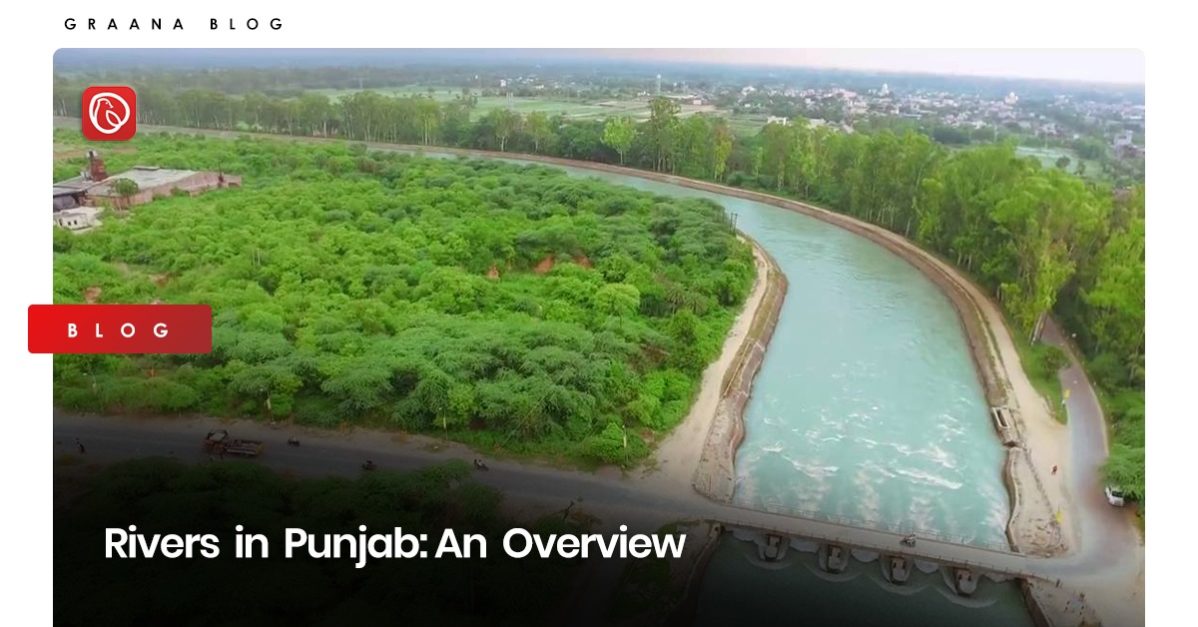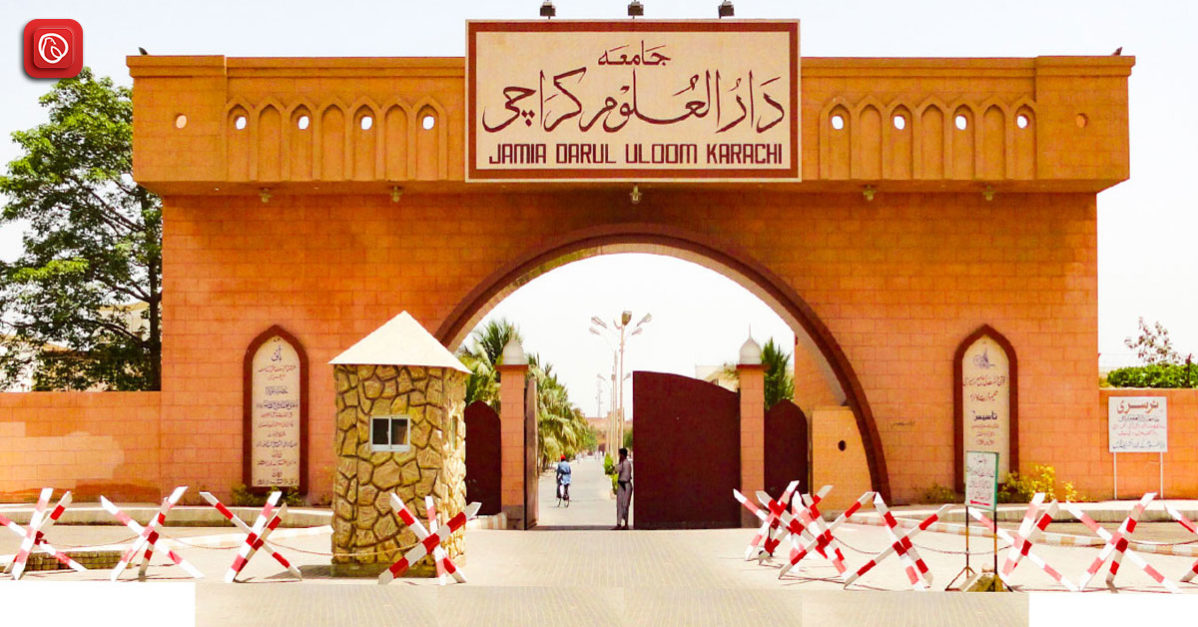Punjab, a province in Pakistan, is the most populated and second-largest province by area. It is known for its rich cultural heritage and fertile agricultural lands. It is located in the northern part of the country and is bordered by India to the east.
The name Punjab is made of two words: ‘Punj’ (five) and ‘aab’ (water) – which is why it is known as ‘land of the five rivers. These are the Indus, Jhelum, Chenab, Ravi and Sutlej.
Graana.com provides details about the these 5 rivers in Punjab below, along with their importance and potential threats.
Importance of Rivers

A river’s importance to the environment and to human civilisation cannot be overstated. The following are a few reasons why they are significant:
Source of Water
Rivers are an important source of freshwater for drinking, irrigation, and other uses. They provide water for agriculture, industry, and municipal needs, as well as for ecosystems and wildlife.
Transportation
They have historically been important for transportation, as they allow people and goods to move across large distances more quickly and at a cheaper cost than over land. Even today, many goods are transported by river, especially in areas where the infrastructure is less developed.
Ecosystems
Rivers provide a wide range of habitats for plants and animals, including fish, birds, mammals, and reptiles. Healthy river systems are important for maintaining biodiversity and supporting food chains that benefit both wildlife and humans.
Energy Production
They can also be an important source of hydropower, which involves harnessing the energy of flowing water to generate electricity. This is a renewable source of energy that can be used to power homes, businesses, and other infrastructure.
Recreation
Rivers are also important for recreational activities like fishing, swimming, boating etc.
Agriculture
Rivers in Punjab are essential for agriculture, which is the backbone of the province’s economy. The rivers provide water for irrigation system, fertilisation, and livestock.
Hydropower Generation
The rivers in Punjab also have significant potential for hydropower generation. Hydropower plants use the flow of rivers to generate electricity, which is a clean and renewable source of energy.
Several existing hydropower projects in Punjab, such as the Mangla Dam and Tarbela Dam, produce a significant amount of electricity for the province. Hydropower generation plays a crucial role in energy production in Punjab.
Rivers in Punjab
Out of the five major rivers, the Indus River is the most important in Pakistan and flows through the eastern part of Punjab. The Jhelum River originates in Indian-administered Kashmir and flows through the eastern part of the province.
The Chenab River is one of the largest rivers in Punjab, flowing through the central part of the province. The Ravi River is a transboundary river that originates in India and flows through the northwestern part of Punjab, while the Sutlej River is a transboundary river that originates in Tibet and flows through the southeastern part of Punjab.
Overview
| Punjab rivers name | Length (km) | Drainage Basin (sq km) | Key Cities Along the River | Significance |
|---|---|---|---|---|
| Indus | 3,200 | N/A | N/A | Vital for agriculture and economy |
| Jhelum | 725 | 40,000 | Srinagar, Jhelum | Important for irrigation |
| Chenab | 960 | 141,000 | Kishtwar, Doda, Jammu, Chiniot, Gujranwala, Multan | Crucial for irrigation |
| Ravi | 901 | 14,442 | Dalhousie, Chamba, Amritsar, Lahore, Sialkot | Important for irrigation and hydropower |
| Sutlej | 1,550 | 170,000 | Ludhiana, Ferozepur, Bahawalpur, Vehari, Multan | Important for irrigation and hydropower |
Indus River
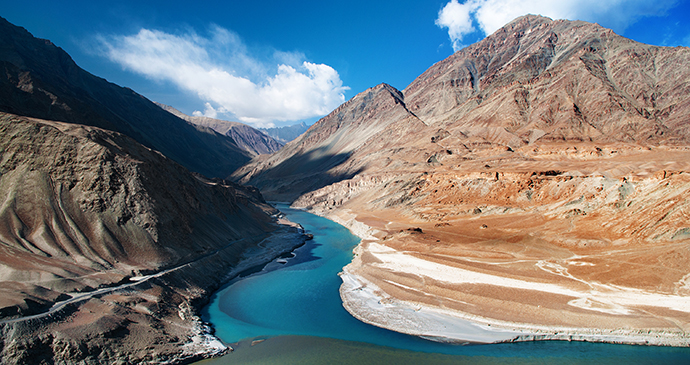
The Indus River is one of the longest rivers in Asia, originating in the Tibetan Plateau and flowing through Pakistan and India.
The river is about 3,200 kilometres (2,000 miles) long and it forms a part of the international boundary between India and Pakistan. It is the lifeline of Pakistan and supports the country’s agriculture and economy.
Jhelum River
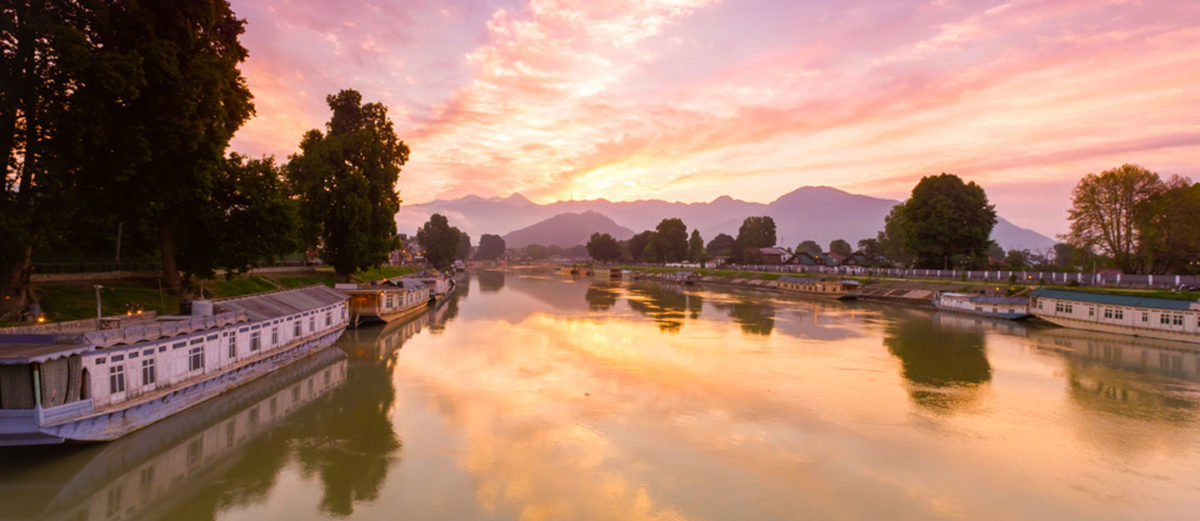
The Jhelum River is a tributary of the Indus River and flows through the Jammu and Kashmir region of India and Pakistan. It is about 725 kilometres (450 miles) long and has a drainage basin of about 40,000 square kilometres (15,000 square miles).
Hinduism considers the river as one of the five sacred rivers, and the region relies on it as an important source of irrigation. The river flows through the cities of Srinagar and Jhelum in India and Pakistan, respectively.
Chenab River
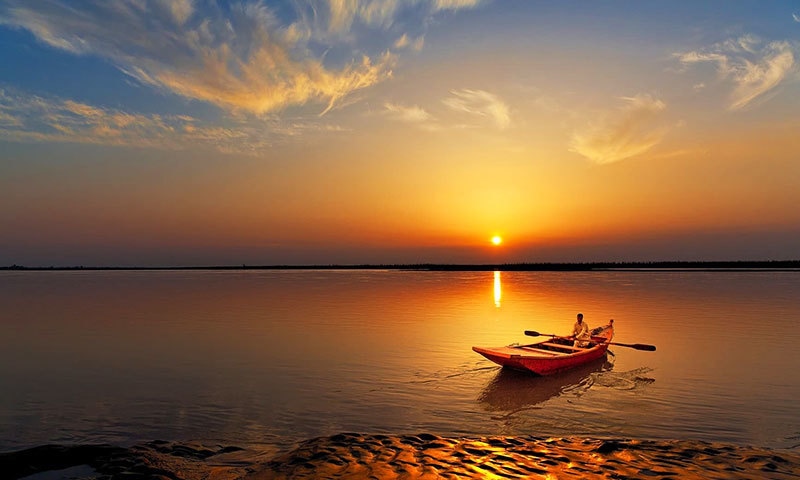
The Chenab River is another tributary of the Indus River and originates in the Himalayas. It is about 960 kilometres (600 miles) long and has a drainage basin of about 141,000 square kilometres (54,000 square miles).
Furthermore, it is an important source of irrigation for the states of Jammu and Kashmir, Himachal Pradesh, and Punjab. The river flows through the cities of Kishtwar, Doda, and Jammu in India, and through the cities of Chiniot, Gujranwala, and Multan in Pakistan.
Ravi River
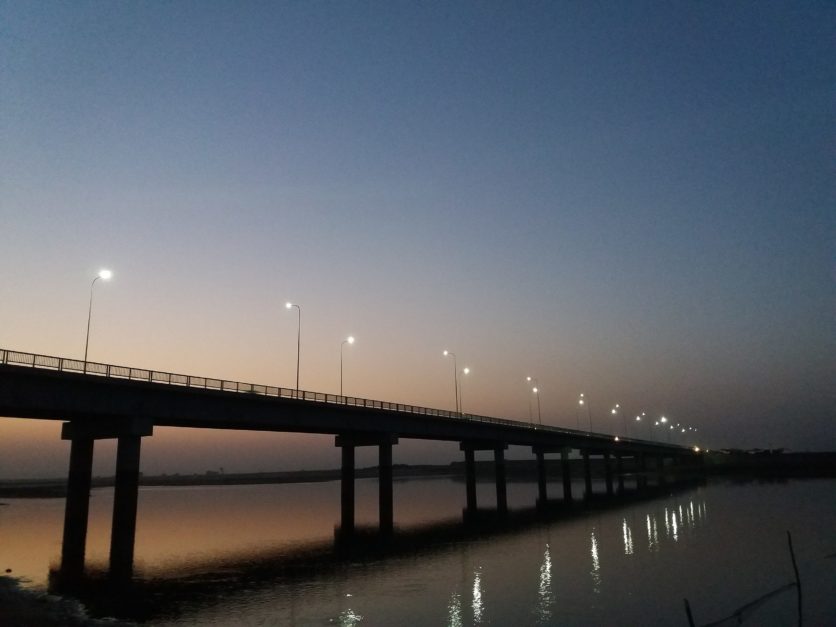
The Ravi River is a transboundary river that flows through the northern part of India and Pakistan. Ravi is about 901 kilometres (560 miles) long and has a drainage basin of about 14,442 square kilometres (5,576 square miles).
It is an important water source for irrigation and hydropower generation. It flows through the cities of Dalhousie, Chamba, and Amritsar in India, and through the cities of Lahore and Sialkot in Pakistan.
Sutlej River
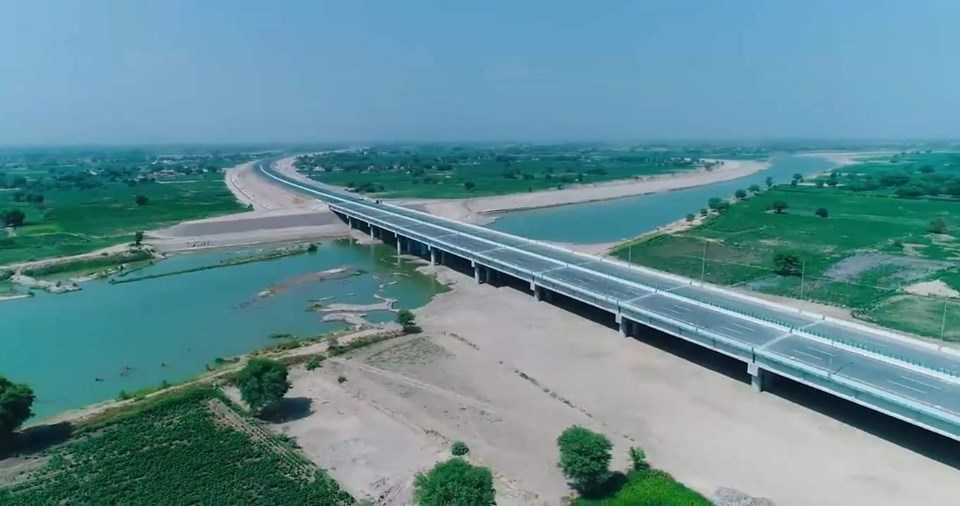
The Sutlej River is the longest of the five rivers that flow through Punjab, and is a tributary of the Indus River. It originates in the Tibetan Plateau and flows through the states of Himachal Pradesh and Punjab in India, and then through Pakistan.
The river is about 1,550 kilometres (960 miles) long and has a drainage basin of about 170,000 square kilometres (66,000 square miles). It flows through the Indian cities of Ludhiana and Ferozepur, as well as the Pakistani cities of Bahawalpur, Vehari and Multan, serving as an important source of irrigation and hydropower.
Rivers in Punjab: Challenges and Prospects
Following are some of the challenges linked with Punjab’s rivers:
Environmental Degradation and Pollution
There has been a rise in environmental issues due to various human activities. These activities include industrial and agricultural waste disposal, untreated sewage, and littering. This pollution is harming the water quality of the rivers, harming aquatic life, and posing risks to human health.
To address this issue, the government needs to implement strict regulations and enforcement measures. It is necessary to control pollution and improve water quality.
Climate Change and Water Scarcity
Climate change is causing significant changes in the river flow patterns and water availability in Punjab. The melting of glaciers in the Himalayas and the drying up of natural springs are leading to water scarcity.
To tackle this problem, there is a need to develop water-efficient technologies, improve water storage infrastructure, and promote sustainable agriculture practices.
Initiatives and Policies to Manage Rivers Sustainably
The government of Punjab has implemented various policies and projects for the sustainable management of rivers. These initiatives include underconstruction dams, barrages for water storage, hydroelectric power generation and improving irrigation systems.
However, some of these projects are controversial, with concerns about their potential social and environmental impacts. The government needs to ensure that these are implemented in a sustainable and responsible manner.
The Bottom Line
The rivers of Punjab are vital to the province’s agriculture, economy, and culture. The government of Pakistan has launched several projects to harness the potential of these rivers. It includes building dams and canals for irrigation and developing the hydropower potential.
However, the mismanagement of water resources, pollution, and climate change pose significant threats to these rivers. It is important to implement sustainable and responsible water management practices to protect and protect them for future generations.
Follow Graana blog for more related content.
